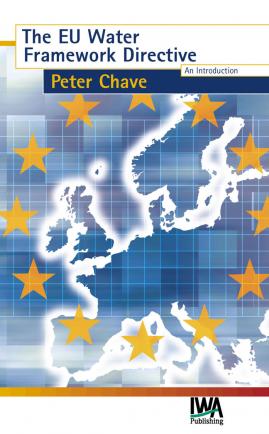 |
The EU Water Framework Directive
The EU Water Framework Directive

Taking over 10 years to develop, the new EU Water Framework Directive is the most significant legal instrument in the water field to emerge from Brussels for some time and will have a profound effect on how water is managed in Europe over the next 25 years.
The book outlines its basic features. It explains how the current approach to water management will have to change in order that European Member states and those countries currently in accession negotiations can meet the requirements of the directive, describing a number of examples of current practices as possible systems which could be used in the new approach.
The concept of river basin management is outlined, and the potential institutional problems associated with implementing such a system are discussed including the problems associated with cross-border river basins, a common situation in Europe. Examples of existing river basin authorities and international collaboration are given as possible models.
The directive requires the establishment of programmes of measures to improve water status. Some countries already use such a concept, and examples are quoted. As a result of its implementation, the directive aims to achieve good water status in all natural surface waters and groundwater in 15 years. For surface waters, the definition of 'good' is based on a new concept of 'ecological quality' taking into account biology, chemistry and their physical features.
For groundwater, it includes quantitative status. The approach taken is an integrated one which has to consider all the naturally occurring and human factors which affect the waters. The difficulties of interpretation of the new concept of 'ecological water status' are discussed and some of the examples of current biological and chemical classification schemes that are used in Europe are examined.
The directive also alters the way in which pollution is to be controlled - the 'combined' approach. This concept is explained.
The book is an invaluable source of guidance on the implementation of the Water Framework Directive for all those concerned with water management including water quality planners and scientists, pollution control and environmental staff in the water and wastewater industries and environmental regulators who all have to adapt to the new approach to their work.
Publication Date: 30/09/2001ISBN13: 9781900222129eISBN: 9781780402239Pages: 208 |
Print:
|